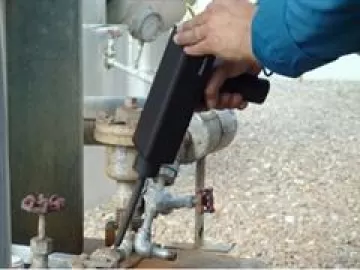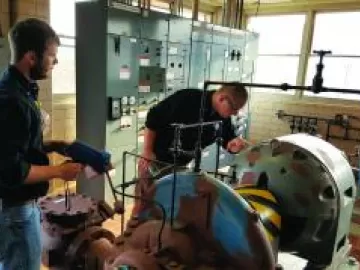Everyone Wins with Tennessee Tech University Industrial Assessment Center Program
Launched in 2006, the TTU-IAC program provides manufacturers in the state with free energy, productivity, and waste assessments – including best practices for compressed air systems, and blowers and vacuum, as well as cooling towers and chillers. The assessments to date have provided manufacturers in the program with \$27.48 million in recommended cost savings, equaling 3.82 trillion British thermal units of energy savings.










